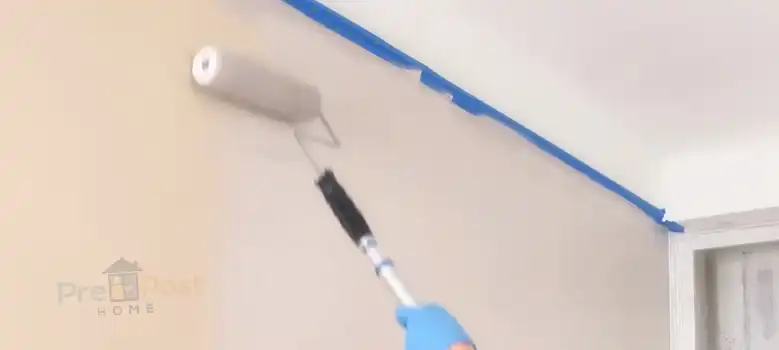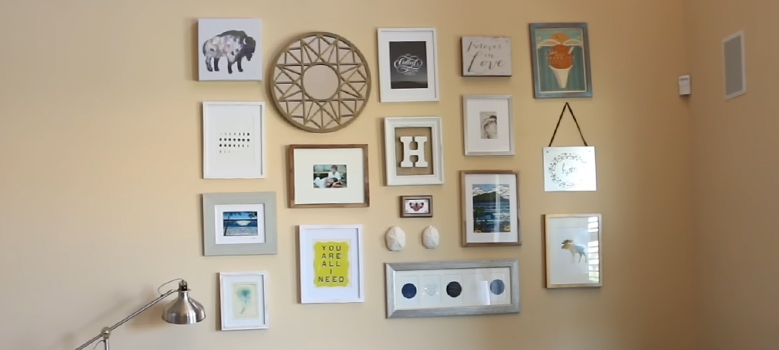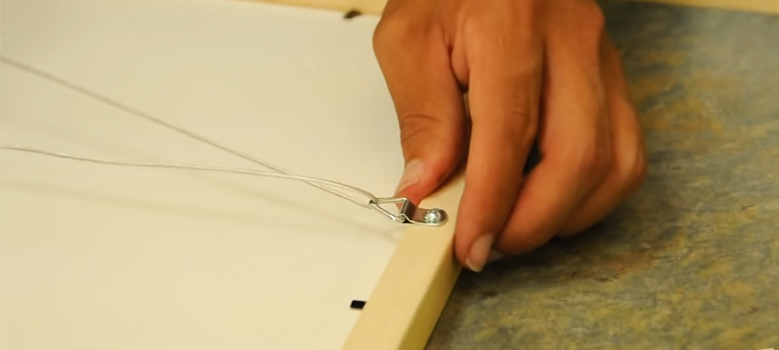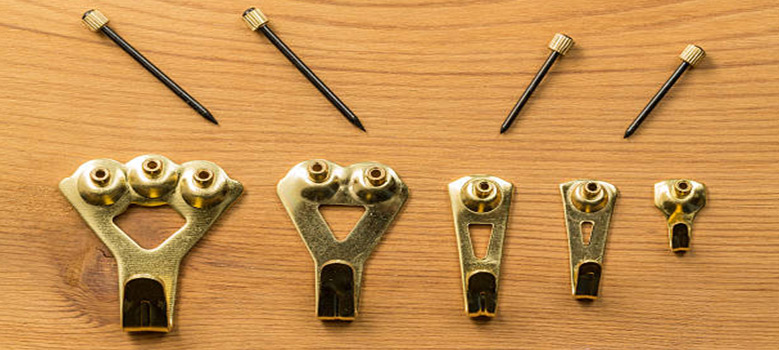PVA (polyvinyl acetate) primer is a common type of primer used for preparing surfaces for painting. But can you use PVA primer on walls that are already painted? Here’s what you need to know:
You can use PVA primer on painted walls, however, there are some drawbacks to it too. Read on below to find out when using PVC primer on painted walls is ok and when it’s not.
What is PVA Primer?
PVA primer is a fast-drying water-based primer designed for use on porous surfaces. It contains polyvinyl acetate resin that allows it to bind well to surfaces like wood, plaster, and drywall. PVA primer is affordable, has low odor, and low VOCs. It dries quickly and sands easily.
PVA Primer vs. Other Primers
There are a few reasons why some people believe that PVA primer is not a good choice for painted walls. First, PVA primer is not as strong as some other types of primers, such as latex or oil-based primers. This can make it more likely to peel or flake off of painted walls.
Second, PVA primer can sometimes cause the paint to bubble or blister. This is because PVA primer can trap moisture behind the paint.
Finally, PVA primer is not as effective at blocking stains as some other types of primers. This means that if you paint over a stained wall with PVA primer, the stain may still be visible through the paint.
When to Use PVA Primer on Painted Walls
Despite these drawbacks, there are some situations where it is okay to use PVA primer on painted walls. For example, if you are painting a wall that is in good condition and has a smooth finish, PVA primer may be a good choice.
However, if you are painting a wall that is in poor condition or has a rough finish, it is best to use a different type of primer. You should also avoid using PVA primer on walls that are exposed to moisture, such as in bathrooms and kitchens.
Tips for Using PVA Primer on Painted Walls
If you do decide to use PVA primer on painted walls, there are a few things you can do to make sure that the primer adheres properly and that the paint does not bubble or blister.
First, make sure that the painted wall is clean and dry. You can clean the wall with a mild detergent and water. Then, sand the wall lightly to roughen up the surface. This will help the primer to adhere to the paint.
Second, apply the PVA primer in a thin coat. If you apply the primer too thick, it is more likely to peel or flake off.
Finally, let the primer dry completely before painting over it.
What is the difference between PVA primer and latex primer?
PVA primer is a water-based primer that is made from polyvinyl acetate. Latex primer is also a water-based primer, but it is made from latex. Latex primer is generally stronger and more adhesive than PVA primer.
Can I use PVA primer over oil-based paint?
No, you should not use PVA primer over oil-based paint. Oil-based paint is not compatible with water-based primers.
How long should I let PVA primer dry before painting over it?
You should let PVA primer dry for at least 24 hours before painting over it.
Verdict
PVA primer can be used on painted walls, but it is not always the best choice. If you are painting a wall that is in good condition and has a smooth finish, PVA primer may be a good option. However, if you are painting a wall that is in poor condition or has a rough finish, it is best to use a different type of primer.





